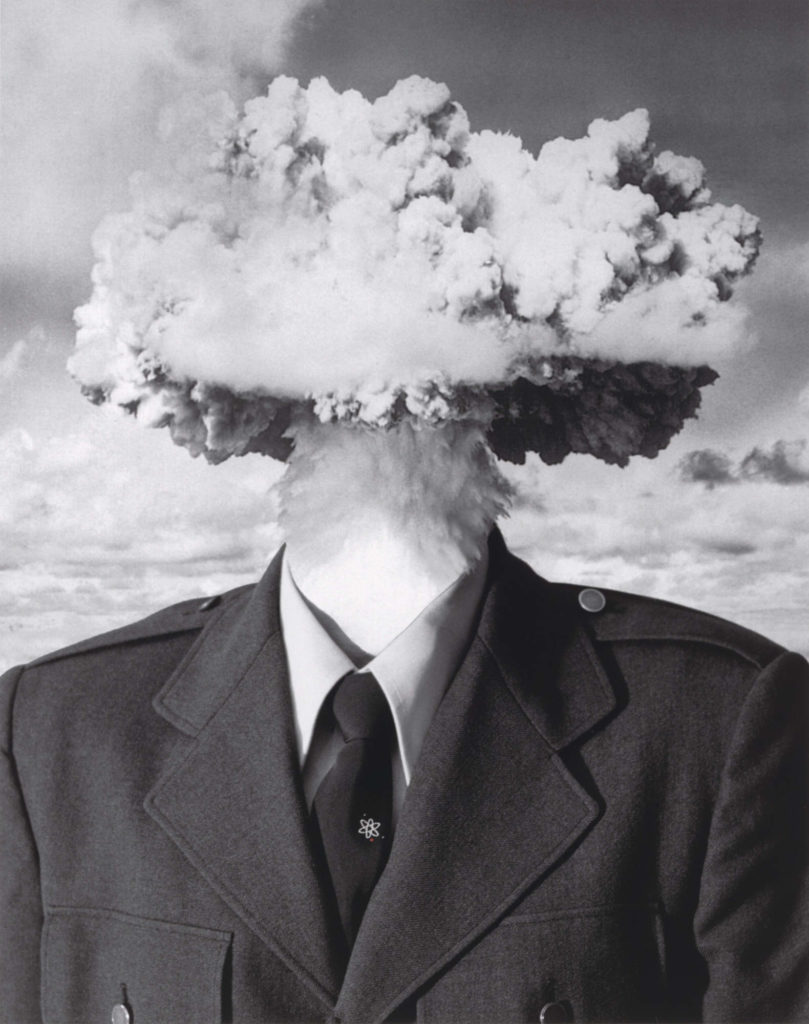
Contributed by Jonathan Stevenson / Evident in the transfixing Bruce Conner retrospective �Bruce Conner: It�s All True� at MoMA is a probing eye that seeks out departure of one kind or another. Eclectic and countercultural, his rather Rauschenbergian arc reflects the artist�s energetic and sometimes unsubtle insistence on embracing the world�s stark, unsettling inconstancy � life yielding to death, order to disorder, civility to mayhem, inertia to escape. But, as suggested by the pride of place the museum�s presentation gives them, it is Conner�s films that most fully display his dynamic sensibility, and more particularly the force that impels people to slip their surly bonds for better or worse.

He accords this notion fairly straightforward treatment in the 37-minute long Crossroads (1976). The film consists of his own targeted arrangement of declassified footage, beautifully and horribly elegiac, of the 1946 U.S. nuclear test on Bikini Atoll, known as Operation Crossroads. It was the first detonation of an atomic bomb since Nagasaki, and thus marked the moment at which nuclear explosions became a habit. A crossroads indeed. Then there is Breakaway (1966), an aggressively edited forerunner of the music video genre, in which actress-singer Toni Basil is seen dancing (and heard singing) with such hyperkinetic abandon that she appears both less and more than human.
Perhaps Conner�s most sweeping � and serene � philosophical statement is Easter Morning (1966-2008), a film completed shortly before his death. Over the course of ten minutes, he follows a ball of light that darts erratically in and out of the screen from the bed of a forest through tamer grass up the stairs of an elegant home. The gently terminal seductions of civilization and age seem to prevail until a lovely woman emerges naked and unencumbered from a dressing room and gazes out a window, as if awoken from hibernation and enlightened to an alternative to her old life. In this there is a strong suggestion of mysticism or religion, but no assertion of either. Conner thus seems to reconcile fate and hope without dogma.
�Bruce Conner: It�s All True,” organized by the San Francisco Museum of Modern Art, co-curated by Stuart Comer, Laura Hoptman, Rudolf Frieling, Gary Garrels, with Rachel Federman. Museum of Modern Art, New York, NY. Through October 2, 2016.
Related posts:
Art and Film: Eva Hesse�s enduring disruption
ON FILM: Blonde on blondes
















